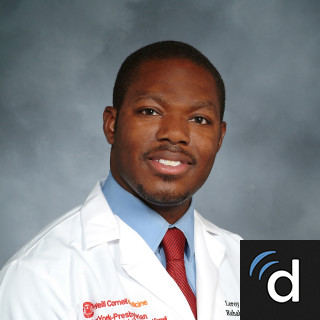

The hospital was renamed Leroy Hospital and later became a center for osteopathic medicine. The remaining floors wee devoted to doctor’s offices.Īccording to Wikipedia, it was “mainly a private treatment center for wealthy people but was also a maternity hospital.” “Aristotle Onassis’s daughter, Christina, was born there and celebrities like Judy Garland and Nat King Cole were treated there. LeRoy, “needing a livelihood, undertook to care for two patients,” adding that “her present move is from 18 West 51 st street, where she supervised fourteen cases.” The new quarters will accommodate seventy-four beds and two operating rooms. According to item in The New York Times, Mrs.
#Leroy sanitarium professional
Originally called the Professional Building, Alice Fuller LeRoy leased 9 floors and the penthouse in the building for a private sanitarium. ApartmentsĪpartment 9A is a one-bedroom unit that has a 22-foot-long living/dining area and an enclosed 17-foot-long kitchen.Īpartment 7A is a one-bedroom unit with a 22-foot-long living/dining room next to an enclosed 7-foot-long kitchen and a 48-foot-long terrace.Īpartment 5B is a one-bedroom unit with an adjoining 19-foot-wide terrace and it has a 13-foot-square entry foyer that leads past a 13-foot-wide office and a 13-foot-wide pass-through kitchen to an 18-foot-wide living room.Īpartment 12C is a one-bedroom unit with a 21-foot-long living/dining room next to enclosed 8-foot-long kitchen and a 47-foot-long terrace. The building has a doorman and canopied entrance but no roof deck, no garage and not fitness center. The bottom five floors have medical offices and the top 16 have 36 apartments. The setback addition has some balconies on its eastern side facing the side-street. The building has discrete air-conditioners and a fluted two-story limestone base. The building has a canopied, inset, two-story entrance with sidewalk landscaping. The enlarged building was expanded horizontally by about a third with similar piers but dark brown spandrels with two horizontal bands. The original building had a beige-brick façade with piers and spandrels with three vertical elements. It is across 61 st Street from the Regency Hotel that is well-known for its “power breakfasts.” Description This mid-block, Art Deco-style apartment building is very convenient to Hermes, Barney’s, the Metropolitan and Colony Clubs as well as Central Park and Bloomingdales. The 21-story building has 36 condominium apartments. The architect for the original building was Kenneth Franzheim and the architect for the conversion was Paul Segal and Rothzeid, Kaiserman & Thomson.

The conversion was completed in 1983 by Rose-Dorcar 61 Associates of which Jonathan Rose was the partner in charge. The addition added four floors to the top of the building and expanded its width by about a third. This handsome apartment building at 40 East 61 st Street is an enlargement of the former 15-story LeRoy Hospital that was erected in 1927. Visitors should read the ground rules before visiting, so that you are prepared to safely explore the former prison grounds.Review of 40 East 61st Street by Carter Horsley The portion of the prison grounds graciously made available for tours by the folks at of Big House Produce and it is MASSIVE! Though the day-to-day focus of Big House Produce is on growing crops and building equipment for other hydro farmers, they began offering photographers and explorers a chance to tour portions of the former prison in May of 2021, as a way to help offset the costs of restoring vandalized infrastructure more quickly. I said mostly abandoned because at least part of the former prison grounds is now being used by a new company for a new purpose.īig House Produce took over the SCI Cresson campus in late 2019 with plans to build hydroponic equipment, grow hydroponic produce and hemp, and develop sustainable energy projects on the property. Now SCI Cresson sits mostly abandoned on a parcel of land just off of Route 22 between Altoona and Ebensburg. SCI Cresson closed June 30, 2013, with the State citing the antiquity of the prison and rising costs of maintaining it as the primary reasons for the closure.

SCI Cresson opened in 1987 as a medium-security correctional facility for male inmates. The sanatorium opened as both a hospital and long-term residential care facility, to treat both individuals and entire families who had tuberculosis. The Cresson Tuberculosis Sanatorium treated more than 40,000 patients suffering from tuberculosis between 19.


 0 kommentar(er)
0 kommentar(er)
